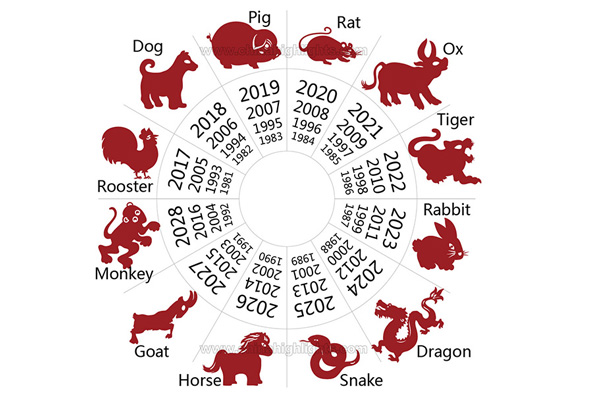
World Bank (IBRD) lending will decline over the CPF period and focus on supporting China in contributing to global public goods. The CPF aims to help China address some of its remaining development challenges, notably the transition to more environmentally sustainable growth, strengthen key Chinese institutions engaged in economic and social development, and reduce inequality in lagging regions. The WBG’s new Country Partnership Framework (CPF) for FY2020 to 2025, issued in December 2019, reflects the evolution of the Bank Group’s relationship with China toward a decline in lending and a more selective engagement in line with the capital increase commitments agreed to by its shareholders in 2018. Structural reforms are needed to reinvigorate the shift to more balanced high-quality growth.Ĭhina and the World Bank Group (WBG) have worked together for over 40 years.

Potential growth has been on a declining trend, reflecting adverse demographics, tepid productivity growth, and rising constraints to a debt-fueled, investment-driven growth model. Over the medium term, China’s economy continues to confront a structural slowdown. Monetary policy is likely to be relatively accommodative, and policy easing in the property sector will be maintained in 2023. To support the ongoing recovery fiscal policy is expected to remain expansionary, albeit less so than in 2022.

Net exports are expected to weigh on growth, due to softer external demand coupled with a modest acceleration in import growth driven by the increase in domestic demand. Investment is expected to remain robust, supported by slower but sustained growth in infrastructure and manufacturing investment, as well as the gradual stabilization of property investment.

Growth will be led by a recovery in demand, particularly for services. Many of the complex development challenges that China faces are relevant to other countries, including transitioning to a new growth model, rapid aging, building a cost-effective health system, and promoting a lower-carbon energy path.įollowing China’s swift reopening after the COVID-19 outbreaks in late 2022, GDP growth is expected to rebound to 5.1 percent in 2023, from 3 percent in 2022. Its economic rebalancing will create new opportunities for manufacturing exporters, though it may reduce demand for commodities over the medium-term.Ĭhina is a growing influence on other developing economies through trade, investment, and ideas. China’s growing economy is also an important source of global demand. Global environmental problems cannot be solved without China’s engagement. Although not the main source of historical cumulative emissions, China today accounts for 27 percent of annual global carbon dioxide and a third of the world’s greenhouse gas emissions – with per capita emissions now surpassing those of the European Union, although slightly below the OECD average and well below the level of the United States – and its air and water pollution affects other countries. Given its size, China is central to many regional and global development issues.

The role of the state needs to evolve and focus on providing a clear, fair and stable business environment, strengthening the regulatory system and the rule of law to further support the market system, as well as ensuring equitable access to public services to all citizens.
CHINESE LUNAR YEAR YOY YOYDENG CHINA DRIVERS
The challenge going forward is to find new drivers of growth while addressing the social and environmental legacies of China’s previous development path.Ĭhina’s rapid economic growth exceeded the pace of institutional development, and there are important institutional and reform gaps that China needs to address to ensure a high-quality and sustainable growth path. Over the past few years, growth has moderated in the face of structural constraints, including declining labor force growth, diminishing returns to investment, and slowing productivity growth. Reducing these imbalances requires shifts in the structure of the economy from manufacturing to high value services, from investment to consumption, and from high to low carbon intensity. Although China has eradicated extreme poverty, a significant number of people remain vulnerable, with incomes below a threshold more typically used to define poverty in upper-middle income countries.Ĭhina’s high growth based on investment, low-cost manufacturing and exports has largely reached its limits and has led to economic, social, and environmental imbalances. There have also been significant improvements in access to health, education, and other services over the same period.Ĭhina is now an upper-middle-income country. Since China began to open up and reform its economy in 1978, GDP growth has averaged over 9 percent a year, and more than 800 million people have lifted themselves out of poverty.


 0 kommentar(er)
0 kommentar(er)
